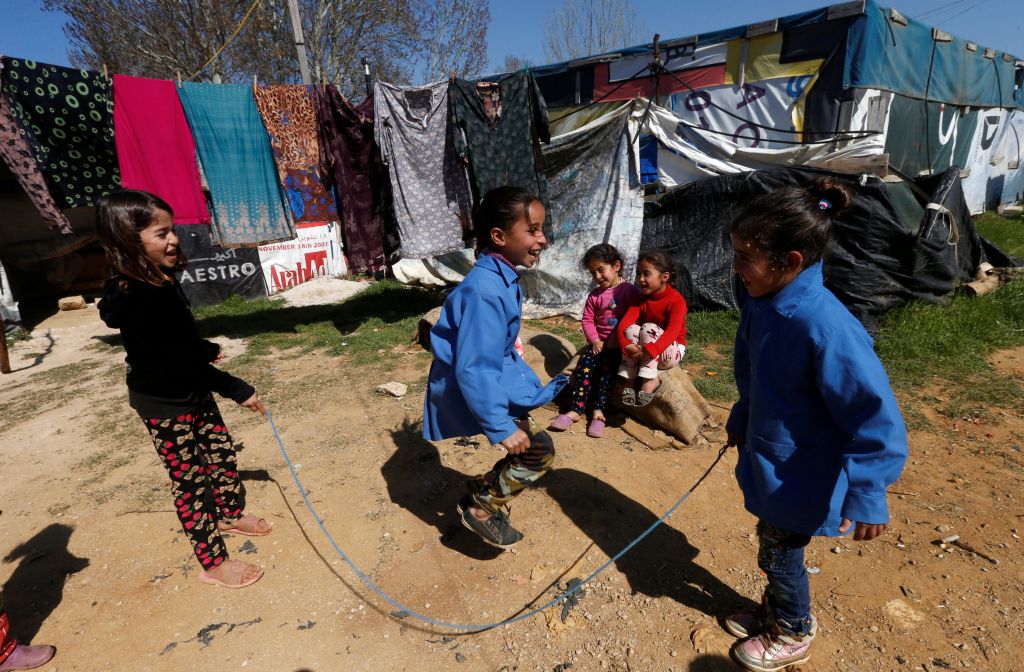The migration ministry has registered a 30 percent increase in refugee and migrant arrivals since the beginning of 2018, as compared to last year, and 15,000 refugees and migrants in total now reside on the Aegean islands.
Arrivals in the first three months of 2018 were 33 percent higher than in the same period of 2017. Still, they are much lower than the peak, 2015 levels.
In the early morning hours yesterday, a boat carrying 52 migrants was spotted by the Greek Coast Guard east of Panagia island and the Oinousses islands.
In the first 10 days of April, 1,079 migrants arrived, whereas last year there were 1,150 arrivals for the entire month of April.
Data on arrivals this year, combined with the war in Syria, have raised fears in Athens of a renewed migrant crisis, which until now had been contained by the EU-Turkey migration agreement.
Just yesterday, the UN expressed concern over the increasing number of people leaving their homes in Eastern Ghouta.
An estimated 133,000 people in the last month have left their homes in the area, to which the UN does not have access. About 45,000 of them live in open-air facilities near Damascus.
Turkish tactics
Those familiar with migrant flows in Greece believe the markedly increased arrivals are part of Ankara’s strategy of using migration to pressure the EU.
UNHCR sources say that there was a trend in the second half of 2017, with more Syrian and Iraqi refugee families reaching the Greek islands.
Over 6,400 refugees have arrived by sea in 2018 so far, of which 2,440 came in March.
In the first three months of 2018, 38 percent of arrivals were Syrian refugees, 27 percent Iraqis, and 12 percent from Afghanistan.
Nearly four in 10 migrants who arrived on the Greek islands this year were children.
Evi Saltou

